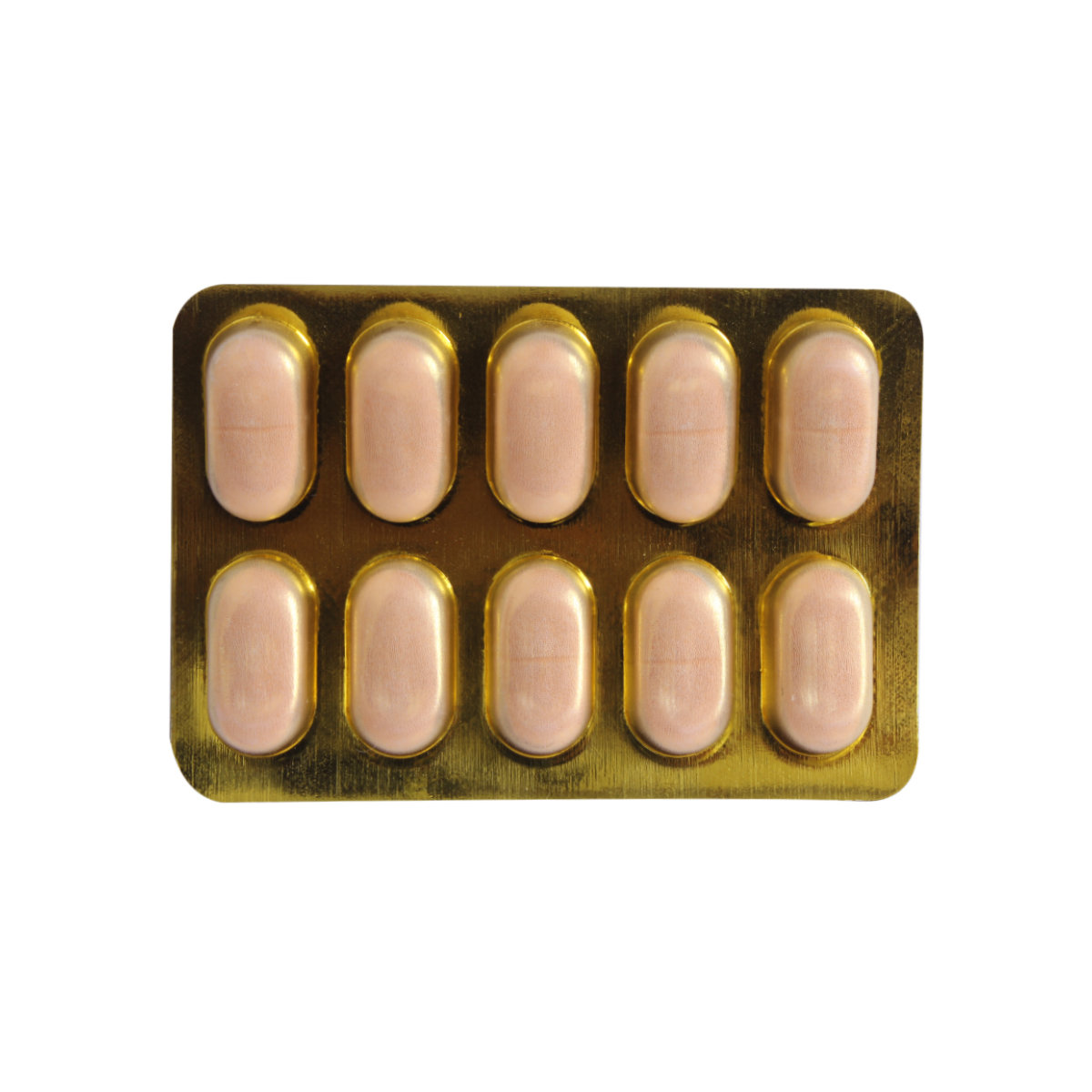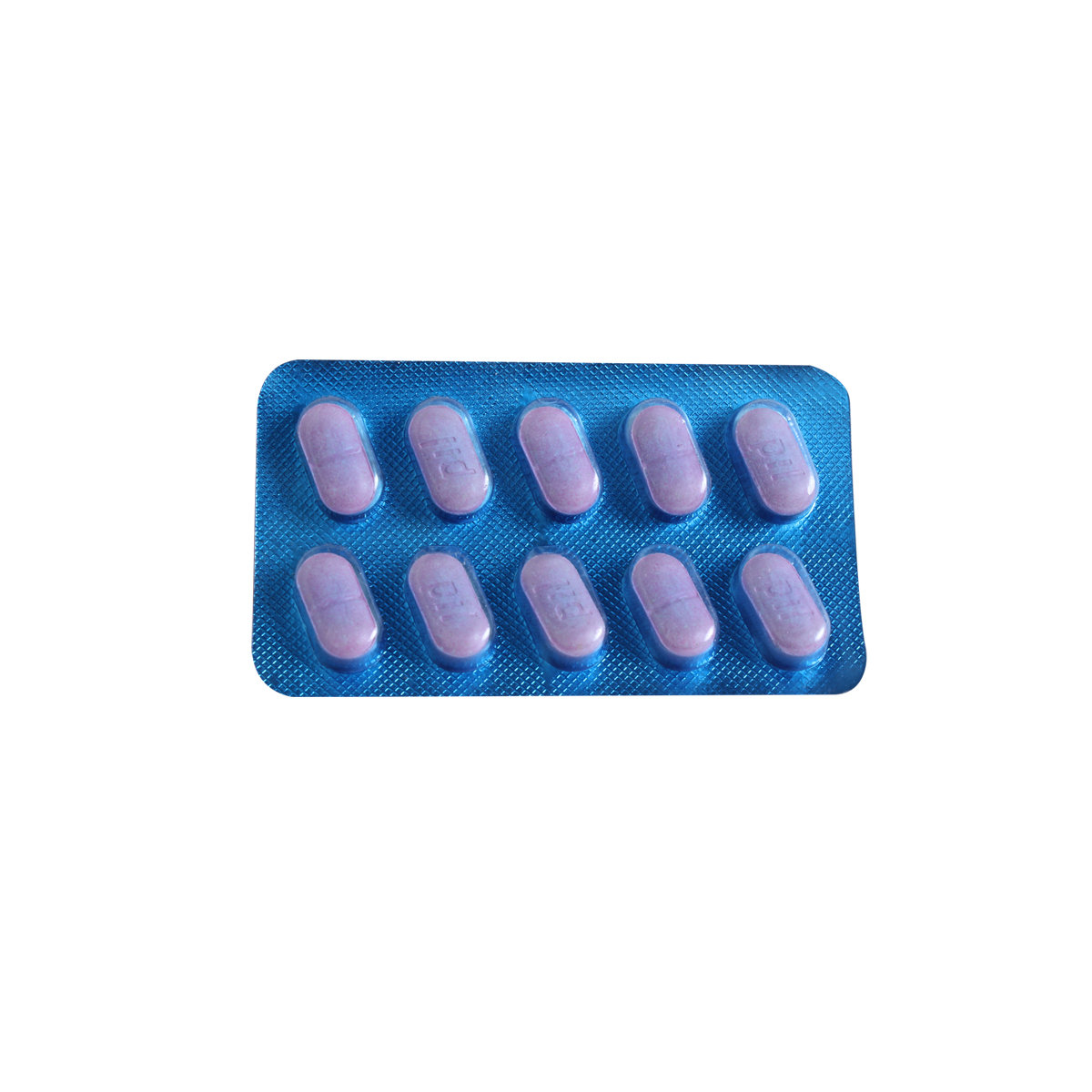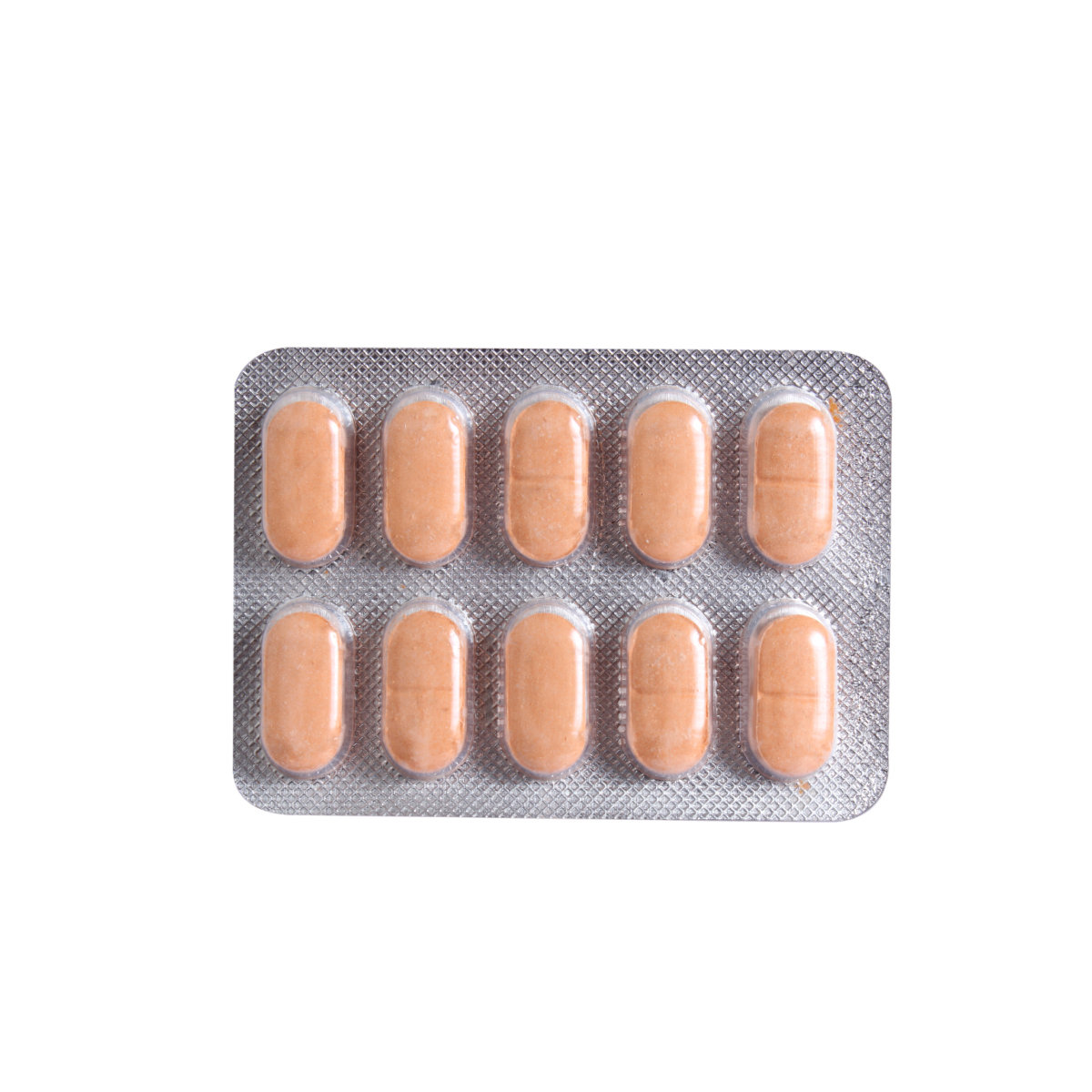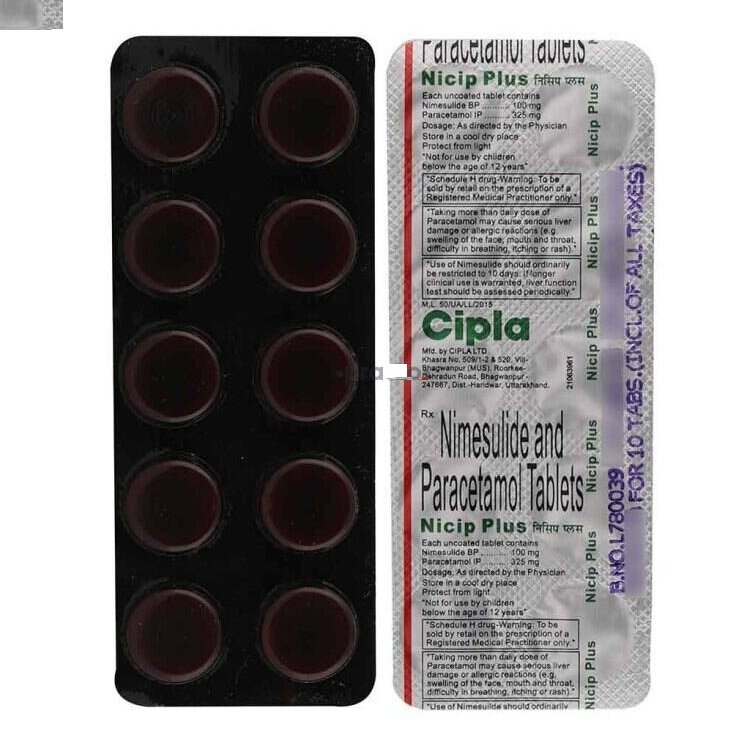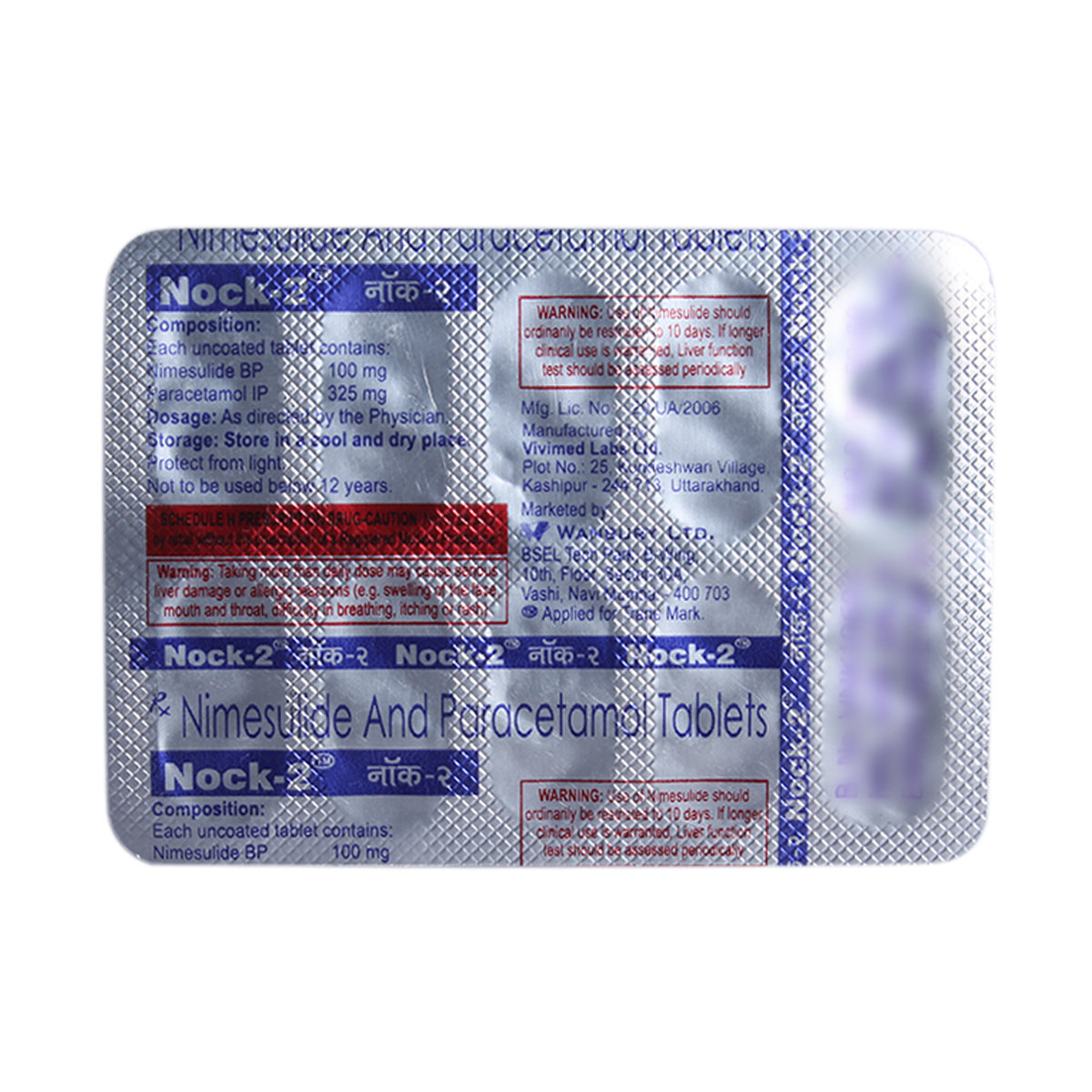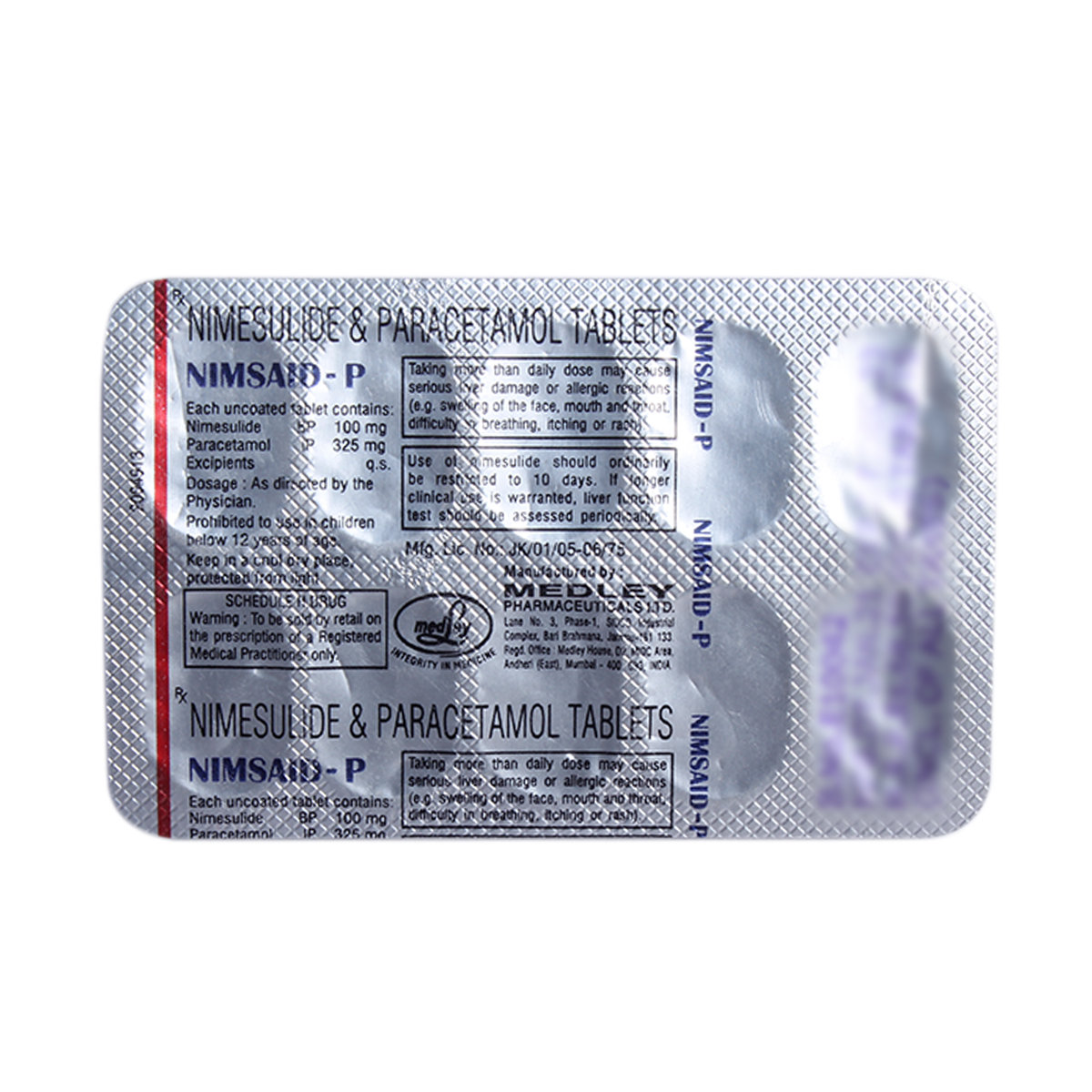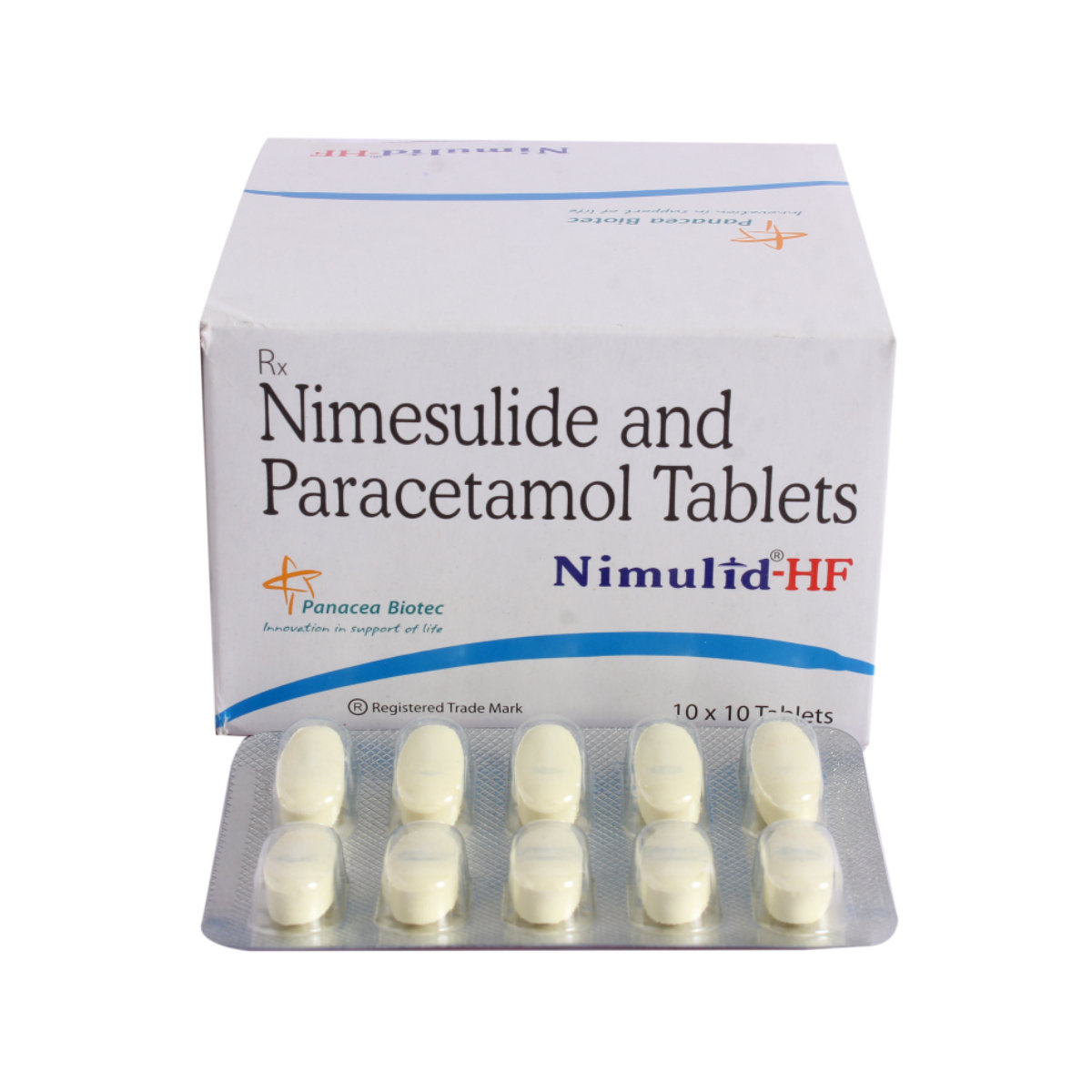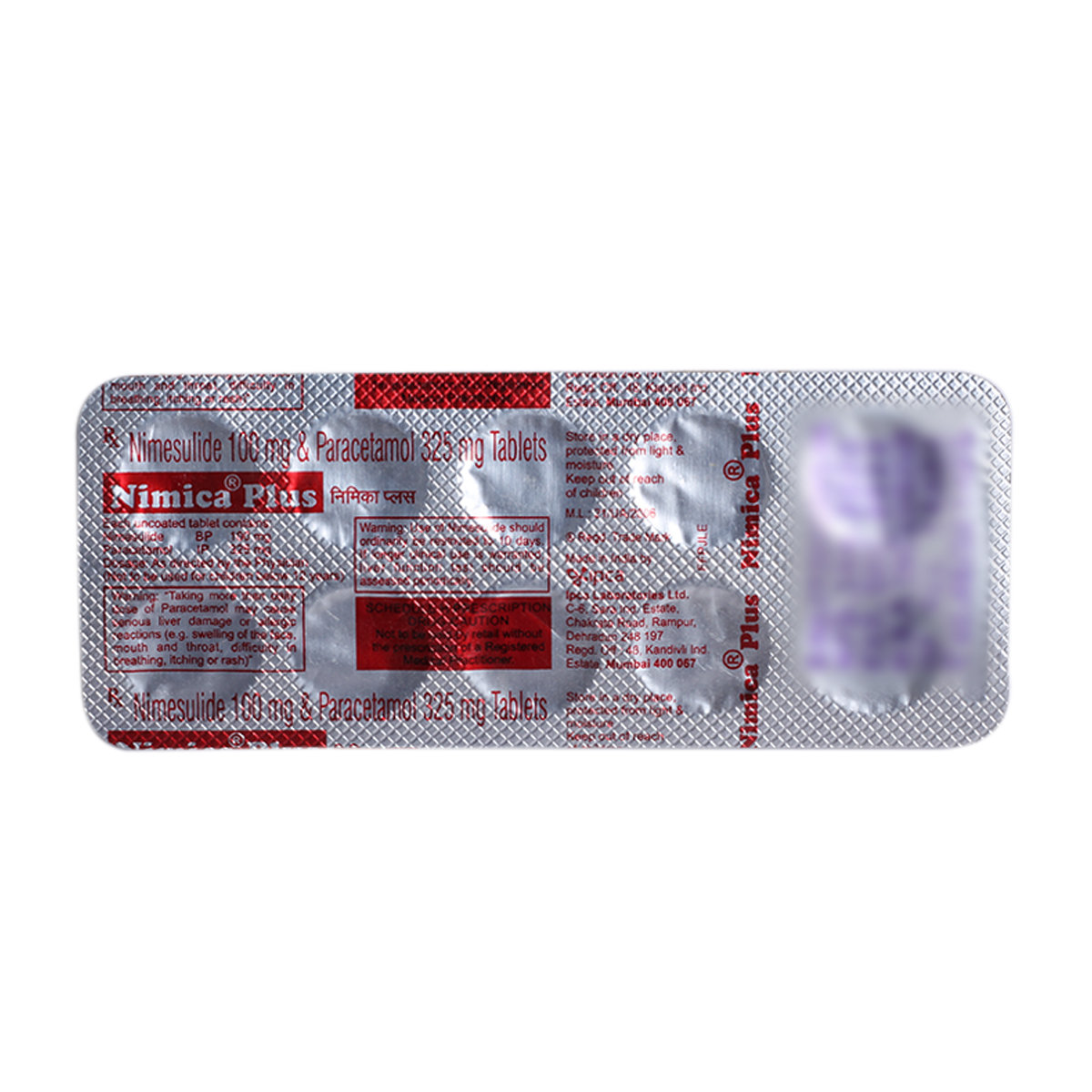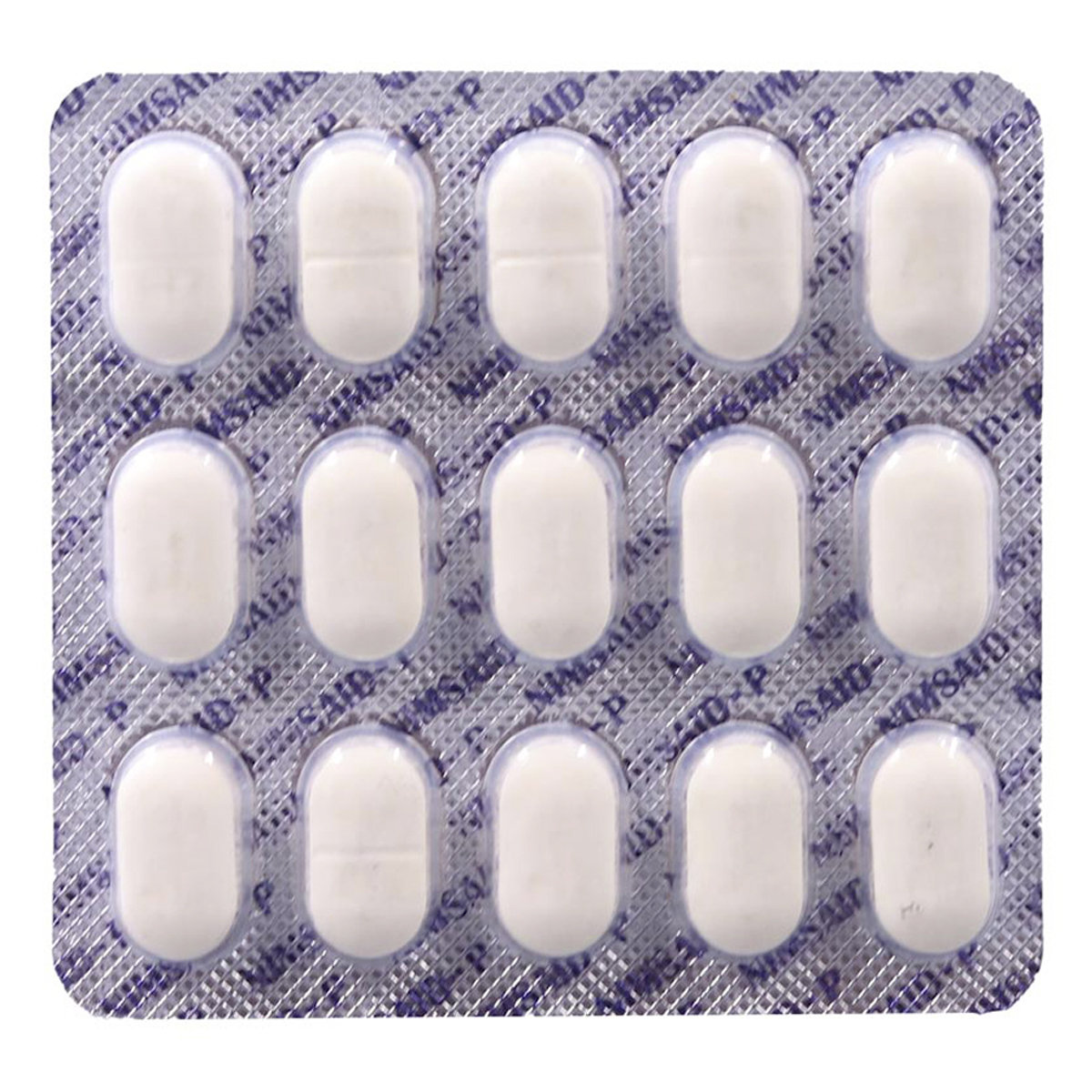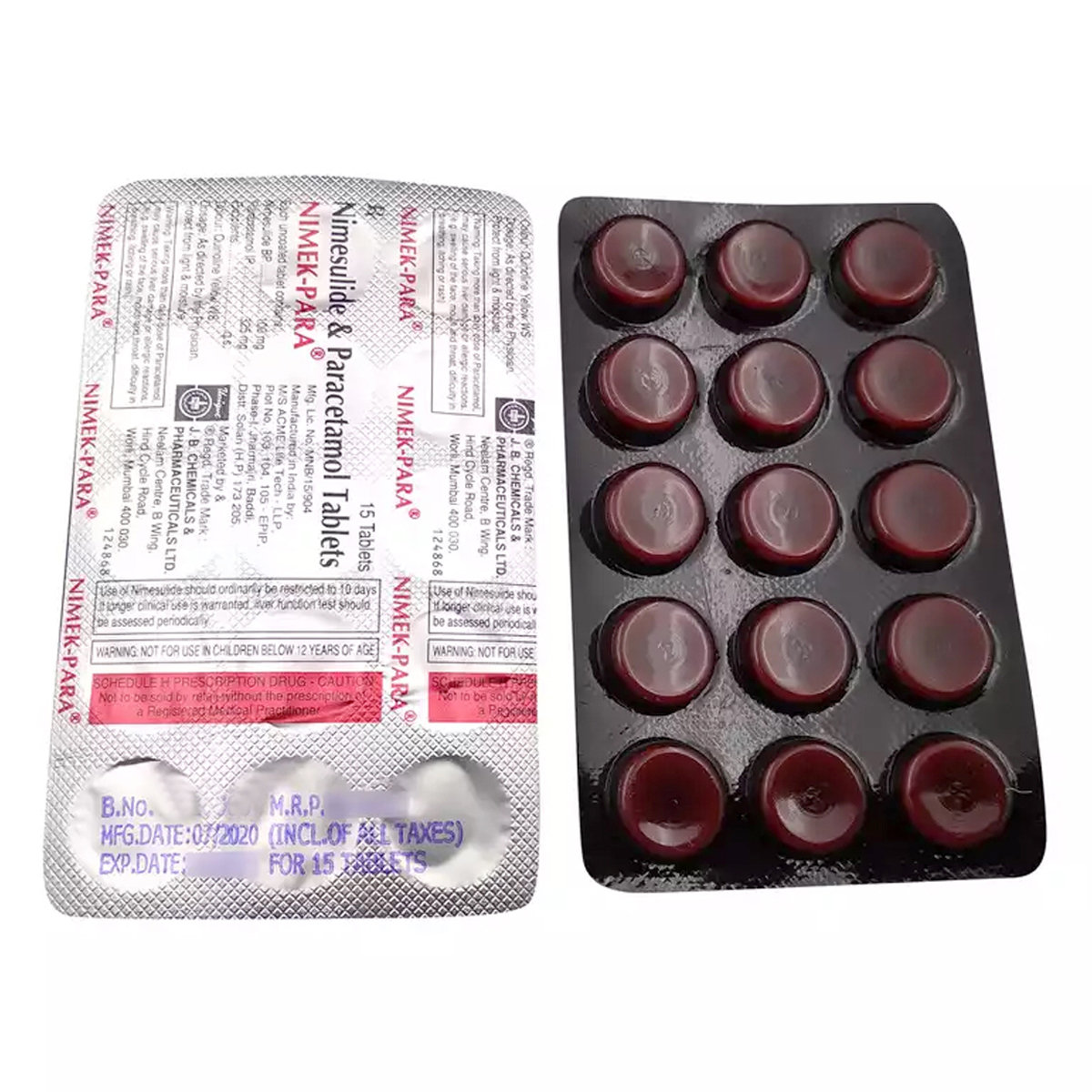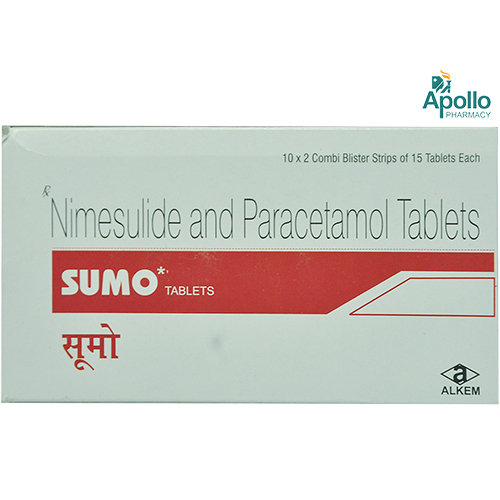PACIMOL PLUS TABLET

MRP ₹82.5
(Inclusive of all Taxes)
₹12.4 Cashback (15%)
know your delivery time
Provide Delivery Location
Composition :
Manufacturer/Marketer :
Consume Type :
Expires on or after :
Return Policy :

Secure Payment

Trusted by 8 Crore Indians

Genuine Products
Therapeutic Class
Country of origin
Manufacturer/Marketer address
Disclaimer
Alcohol
Safe if prescribed
Taking PACIMOL PLUS TABLET with alcohol may cause dizziness or drowsiness. Besides this, it can also damage your liver if taken for a longer duration. So, avoid or limit the intake of alcoholic beverages with PACIMOL PLUS TABLET.
Pregnancy
Consult your doctor
Use of PACIMOL PLUS TABLET during pregnancy is not recommended as taking this medicine during the last 3 months of pregnancy may harm the unborn baby. Consult your doctor for further advice.
Breast Feeding
Consult your doctor
Use of PACIMOL PLUS TABLET during breastfeeding is not recommended as it may pass through the milk and harm the baby. Consult your doctor for further advice.
Driving
Safe if prescribed
After taking PACIMOL PLUS TABLET, you may notice dizziness, sleepiness, drowsiness. So, you should stop taking PACIMOL PLUS TABLET and contact your doctor.
Liver
Consult your doctor
PACIMOL PLUS TABLET to be taken with caution, especially if you have a history of liver diseases/conditions. The dose may have to be adjusted by your doctor.
Kidney
Consult your doctor
PACIMOL PLUS TABLET to be taken with caution, especially if you have a history of Kidney diseases/conditions. The dose may have to be adjusted by your doctor.
Children
Safe if prescribed
PACIMOL PLUS TABLET is contraindicated in children below 20 kg body weight or younger than 6 years of age. It may cause kidney problems in children and adolescents who are dehydrated.
Product Substitutes
Reference
- https://www.ema.europa.eu/en/documents/referral/nimesulide-article-107-procedures-annex-iii_en.pdf
- https://www.hpra.ie/img/uploaded/swedocuments/7fbc1048-646d-456d-90c0-18da7ec8c42f.pdf
- https://www.medicines.org.uk/emc/files/pil.5164.pdf
- https://www.nhsinform.scot/tests-and-treatments/medicines-and-medical-aids/types-of-medicine/paracetamol
About PACIMOL PLUS TABLET
PACIMOL PLUS TABLET belongs to a class of painkillers called non-steroidal anti-inflammatory drugs (NSAIDs). Pain can be temporary (acute) or long-lasting (chronic). Acute pain is caused by damage to the tissues of the muscle, bone or other organs for a short time. In contrast, chronic pain lasts for a long duration and is caused due to pathologies like nerve damage, osteoarthritis, rheumatoid arthritis, ankylosing spondylitis, etc. Besides this, it is also useful for dental pain, which can occur due to damage to the tooth nerve, infection, decay, extraction or injury.
PACIMOL PLUS TABLET is composed of two medicines: Nimesulide and Paracetamol. Together it relieves symptoms of arthritis, dysmenorrhea (painful periods or menstrual cramps) and reduce fever. Nimesulide is known to have an analgesic and anti-inflammatory effect for easing mild to moderate pain. It works by blocking the effect of a prostaglandin chemical responsible for inducing pain and inflammation in our bodies. Paracetamol acts as a mild analgesic and antipyretic (fever reducer). It lowers the elevated body temperature and mild pain by inhibiting the synthesis of a chemical messenger (prostaglandin) and promoting heat loss (through sweating) that helps reset the hypothalamic thermostat. Together it helps in reducing mild to moderate pain in a shorter duration.
Take PACIMOL PLUS TABLET exactly as directed by your doctor. The most common side effects of PACIMOL PLUS TABLET are loss of appetite (in case of liver condition), nausea, vomiting, abdominal pain, persistent tiredness or dark/discoloured urine. It is not necessary for everyone to experience the above side effects. In case of any discomfort, speak with your doctor.
Do not take PACIMOL PLUS TABLET if you are allergic to painkillers like aspirin, ibuprofen, naproxen or diclofenac. It is not recommended for use in children, people with liver disease, heart disease or gastric ulcers/bleeding problems. PACIMOL PLUS TABLET may be associated with a small increase in heart attack risk (myocardial infarction). Avoid alcohol consumption as it may damage your liver and cause increased side effects on taking this drug. Consult your doctor if your pain, inflammation and fever symptoms do not disappear even after ten days.
Uses of PACIMOL PLUS TABLET
Medicinal Benefits Mweb
Key Benefits
PACIMOL PLUS TABLET comprises nimesulide and paracetamol, primarily used to treat mild to moderate pain. PACIMOL PLUS TABLET is prescribed mainly to treat pain and relieve discomfort caused by conditions like tooth pain, arthritis, period pain and other types of short-term pains. It helps treat pain by blocking the chemical messenger in the brain responsible for causing fever, pain and inflammation. Nimesulide works by blocking the effect of a chemical known as prostaglandin, responsible for inducing pain and inflammation in our body. On the other hand, Paracetamol lowers the elevated body temperature and mild pain by inhibiting prostaglandin synthesis by promoting heat loss (through sweating) that helps reset the hypothalamic thermostat. Paracetamol has the advantage of producing less gastric irritation than other painkillers like aspirin.
Directions for Use
Side Effects of PACIMOL PLUS TABLET
- Nausea
- Vomiting
- Loss of appetite
- Abdominal pain
- Persistent tiredness
- Dark/discoloured urine
Drug Warnings
PACIMOL PLUS TABLET is contraindicated in patients with a history of hypersensitivity (allergic) reaction to PACIMOL PLUS TABLET, paracetamol, nimesulide, or other pain killers. Please inform your doctor before starting PACIMOL PLUS TABLET if you have an active stomach ulcer, recent gastrointestinal bleeding, asthma, recent by-pass heart surgery or severe kidney/liver impairment. Nimesulide present in PACIMOL PLUS TABLET is known to affect fertility, so if you are planning for pregnancy, contact the doctor. PACIMOL PLUS TABLET should be avoided in both pregnant (especially last trimester of pregnancy) and breastfeeding women, as it may pass the milk affecting the baby. Patients with heart diseases and recent stroke (bleeding in the brain) should not take PACIMOL PLUS TABLET as a substitute for aspirin. It should not be given to children (below 12 years) with symptoms of fever and chills or suffering from influenza (flu) or chickenpox.
Drug-Drug Interactions
Drug-Drug Interactions
Login/Sign Up
Co-administration of Pacimol Plus Tablet may decrease the excretion rate of Oxazepam which could result in a higher serum level.
How to manage the interaction:
Although there is a possible interaction between Oxazepam and Pacimol Plus Tablet, you can take these medicines together if prescribed by a doctor. Do not stop using any medications without a doctor's advice.
Co-administration of ketamine and Pacimol Plus Tablet may decrease the effectiveness of Ketamine which could result in a higher blood level.
How to manage the interaction:
Although taking Ketamine and Pacimol Plus Tablet together can evidently cause an interaction, it can be taken if a doctor has suggested it. If you're feeling very sleepy or having trouble breathing, it's important to contact your doctor right away. Do not stop using any medications without a doctor's advice.
Co-administration of Teriflunomide with Pacimol Plus Tablet may increase the risk or severity of Liver problems.
How to manage the interaction:
Taking Pacimol Plus Tablet with Teriflunomide together can possibly result in an interaction, but it can be taken if a doctor has advised it. Do not discontinue any medications without consulting a doctor.
Co-administration of Pacimol Plus Tablet and Ketoconazole may increase the risk of liver injury.
How to manage the interaction:
Although there is a possible interaction between Pacimol Plus Tablet and Ketoconazole, you can take these medicines together if prescribed by a doctor. However, if you have joint pain or swelling, fever, chills, unusual bleeding or bruising, skin rash, itching, over-tiredness, nausea, vomiting, loss of appetite, stomach pain, dark-colored urine, light-colored stools, and/or yellowing of the skin or eyes, contact a doctor immediately as these may be signs and symptoms of liver damage. Do not discontinue the medication without consulting a doctor.
Co-administration of Pacimol Plus Tablet and Leflunomide may increase the risk of liver problems.
How to manage the interaction:
Although there is a possible interaction between Pacimol Plus Tablet and Leflunomide, they can be taken together if prescribed by a doctor. However, if you experience fever, chills, joint pain or swelling, unusual bleeding or bruising, skin rash, itching, less desire to eat, fatigue, nausea, vomiting, abdominal pain, or yellowing of the skin or eyes, contact a doctor immediately. Do not discontinue any medications without consulting a doctor.
Co-administration of Pacimol Plus Tablet and Valdecoxib may increase the risk or severity of adverse effects.
How to manage the interaction:
Although there is a possible interaction between Pacimol Plus Tablet and Valdecoxib, you can take these medicines together if prescribed by a doctor. However, if the side effects worsen, please consult a doctor.
Co-administration of Lomitapide and Pacimol Plus Tablet may increase the risk of severity of liver injury.
How to manage the interaction:
Although there is a possible interaction between Pacimol Plus Tablet and Lomitapide, you can take these medicines together if prescribed by a doctor. Do not stop using any medications without a doctor's advice.
Co-administration of Mipomersen with Pacimol Plus Tablet may increase the risk or severity of liver injury.
How to manage the interaction:
There may be a possibility of interaction between Pacimol Plus Tablet and Mipomersen, but it can be taken if prescribed by a doctor. Do not stop using any medications without talking to a doctor.
Drug-Food Interactions
Drug-Food Interactions
Login/Sign Up
Drug-Diseases Interactions
Drug-Diseases Interactions
Login/Sign Up
Drug-Drug Interactions Checker List
- LITHIUM
- METHOTREXATE
- WARFARIN
- COUMADIN
- ASPIRIN
- METOCLOPRAMIDE
- DOMPERIDONE
- FUROSEMIDE
- PREDNISONE
- CIPROFLOXACIN
- EPHEDRINE
- THEOPHYLLINE
- CYCLOSPORINE
- CHOLESTYRAMINE
- DULOXETINE
Habit Forming
Special Advise
Inform your doctor about any bleeding disorders as nimesulide in PACIMOL PLUS TABLET should be taken with care as it may interference in the functioning of platelets.
Diet & Lifestyle Advise
- Include more glucosamine, chondroitin sulphate, vitamin D, and calcium-enriched supplements. Besides this, turmeric and fish oils can help reduce inflammation in the tissue.
- Please do not go for heavy exercise as it may increase your joint pain in arthritis. Instead, you can do stretching low,, impact aerobic exercises like walking on a treadmill, bike riding and swimming. You can also strengthen your muscles by lifting light weights.
- In chronic arthritis or joint pain conditions, fish like salmon, trout, tuna and sardines. These fishes are enriched with omega-3 fatty acids that minimize chemical cytokines, which ramp up inflammation.
- Your sitting posture is important, especially when you have pain and inflammation. Try to sit as little as possible and only for a short time. Long-term immobility is harmful in conditions like arthritis. Use back support like a rolled-up towel to minimise pain at the back of your spine curve. Keep your knees and hips at a right angle. Besides this, you can also use a footrest if required.
All Substitutes & Brand Comparisons
RX
Not for online saleNimprex-P Tablet 15's
Seagull Pharmaceutical Pvt Ltd
₹52
(₹3.13 per unit)
57% CHEAPERRX
Not for online saleNimeson P Tablet 10's
Unison Pharmaceuticals Pvt Ltd
₹42
(₹3.78 per unit)
49% CHEAPERRX
Out of StockNot for online saleCaprinim-Plus Tablet 10's
Capri Pharmaceuticals Pvt Ltd
₹45
(₹4.05 per unit)
45% CHEAPER

Have a query?
Buy best C.n.s Drugs products by
Intas Pharmaceuticals Ltd
Sun Pharmaceutical Industries Ltd
Torrent Pharmaceuticals Ltd
Alkem Laboratories Ltd
Abbott India Ltd
Cipla Ltd
Alteus Biogenics Pvt Ltd
Micro Labs Ltd
Lupin Ltd
Ipca Laboratories Ltd
D D Pharmaceuticals Pvt Ltd
Icon Life Sciences
Mankind Pharma Pvt Ltd
Tripada Healthcare Pvt Ltd
Arinna Lifesciences Ltd
Linux Laboratories Pvt Ltd
East West Pharma India Pvt Ltd
La Renon Healthcare Pvt Ltd
Talent India Pvt Ltd
Tas Med India Pvt Ltd
Zydus Healthcare Ltd
Cnx Health Care Pvt Ltd
Eris Life Sciences Ltd
Leeford Healthcare Ltd
Emcure Pharmaceuticals Ltd
Macleods Pharmaceuticals Ltd
Sigmund Promedica
Aristo Pharmaceuticals Pvt Ltd
Dr Reddy's Laboratories Ltd
Troikaa Pharmaceuticals Ltd
Consern Pharma Ltd
Zydus Cadila
Shine Pharmaceuticals Ltd
Wockhardt Ltd
Ardent Life Sciences Pvt Ltd
Crescent Formulations Pvt Ltd
Theo Pharma Pvt Ltd
Reliance Formulation Pvt Ltd
Ikon Pharmaceuticals Pvt Ltd
Propel Healthcare
Neon Laboratories Ltd
Jagsam Pharma
Msn Laboratories Pvt Ltd
Morepen Laboratories Ltd
Pulse Pharmaceuticals
Sanofi India Ltd
Med Manor Organics Pvt Ltd
Hetero Healthcare Pvt Ltd
Novartis India Ltd
Crescent Therapeutics Ltd
Elder Pharmaceuticals Ltd
Solvate Laboratories Pvt Ltd
Akumentis Healthcare Ltd
Mova Pharmaceutical Pvt Ltd
Psyco Remedies Ltd
Tripada Lifecare Pvt Ltd
Ajanta Pharma Ltd
Cyrus Remedies Pvt Ltd
Medishri Healthcare Pvt Ltd
Cadila Healthcare Ltd
Glenmark Pharmaceuticals Ltd
Matteo Health Care Pvt Ltd
Hbc Life Sciences Pvt Ltd
Lyf Healthcare
Matias Healthcare Pvt Ltd
Mesmer Pharmaceuticals
Alembic Pharmaceuticals Ltd
Capital Pharma
Crescent Pharmaceuticals
Medopharm Pvt Ltd
Alniche Life Sciences Pvt Ltd
Kivi Labs Ltd
Talin Remedies Pvt Ltd
USV Pvt Ltd
Quince Lifesciences Pvt Ltd
Solis Pharmaceuticals
Infivis Life Care
Zuventus Healthcare Ltd
Cadila Pharmaceuticals Ltd
Pfizer Ltd
Wallace Pharmaceuticals Pvt Ltd
A N Pharmacia Laboratories Pvt Ltd
Blue Cross Laboratories Pvt Ltd
Jenburkt Pharmaceuticals Ltd
Lia Life Sciences Pvt Ltd
Mano Pharma
Medley Pharmaceuticals Ltd
Primus Remedies Pvt Ltd
FDC Ltd
Maneesh Pharmaceuticals Ltd
Apex Laboratories Pvt Ltd
Gagnant Healthcare Pvt Ltd
Ozone Pharmaceuticals Ltd
RPG Life Sciences Ltd
Strides Shasun Ltd
Unichem International
GlaxoSmithKline Pharmaceuticals Ltd
Kuresys Labs Pvt Ltd
LA Pharma
Trion Pharma India Llp



